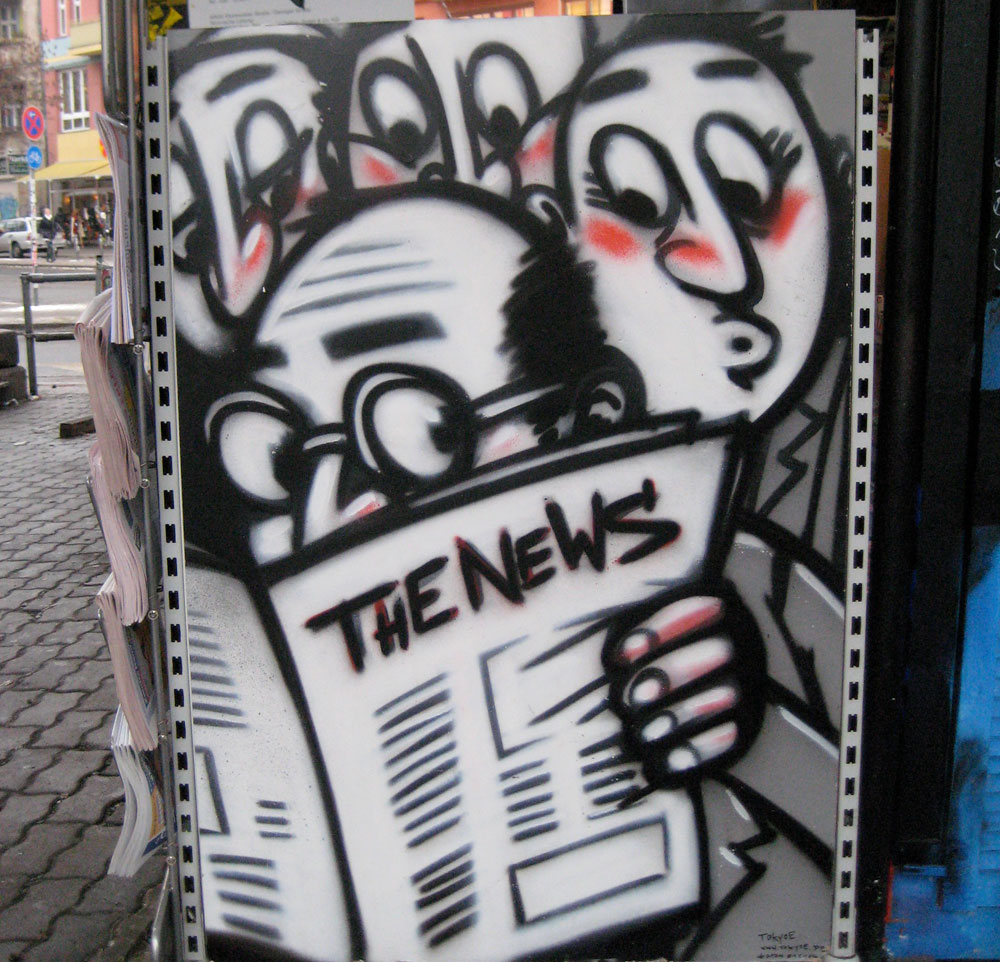October 24, 2011; Source: The Temple News | For Temple administrators, the economic uncertainty of the past few years had to have brought an extra bit of sweetness to the surprise gift from an alumnus from the class of 1923, who “had passed away many many years ago,” and whose estate “had gone through several generations” before finally coming to the institution. According to a recent story in Temple News, this particular gift, valued at $1.5 million, together with a few other large donations, helped to boost Temple’s year-to-date total for this time last year to $8.5 million. Although this year the institution has raised $4.5 million—half of what it raised last year by the same reporting date—the institution is promoting its success in expanding its donor base by over 1,000 people as a strategic step that will strengthen the institution for the future.
For perspective on how larger fundraising trends might be playing out in the variation in these year-to-date donation totals, Temple News talked with the institution’s own Pallavi Chitturi, associate professor of statistics and director of the Center for Statistical Analysis. “It just so happened that [in fiscal 2011], they got a couple of very large donations but that may be atypical,” Chitturi said. Chitturi also adds the information, familiar to anyone in the nonprofit field, that as a general rule “charitable giving does go down when the economy is not doing well.” David Unruh, Temple’s senior vice president for Institutional Advancement, also emphasized that fundraising is an ongoing process of relationship building. “We have a group of people including myself who are regularly out meeting with alumni, meeting with foundations, inviting them to make a more significant investment in the university for particular purposes” he explained.
Sign up for our free newsletters
Subscribe to NPQ's newsletters to have our top stories delivered directly to your inbox.
By signing up, you agree to our privacy policy and terms of use, and to receive messages from NPQ and our partners.
The story notes that after a “record setting” Homecoming weekend a few weeks ago, administrators are now processing “nearly 3,000 gifts.” It would be interesting to track whether this peek behind the fundraising door has any effect on the institution’s year-end total–Anne Eigeman













